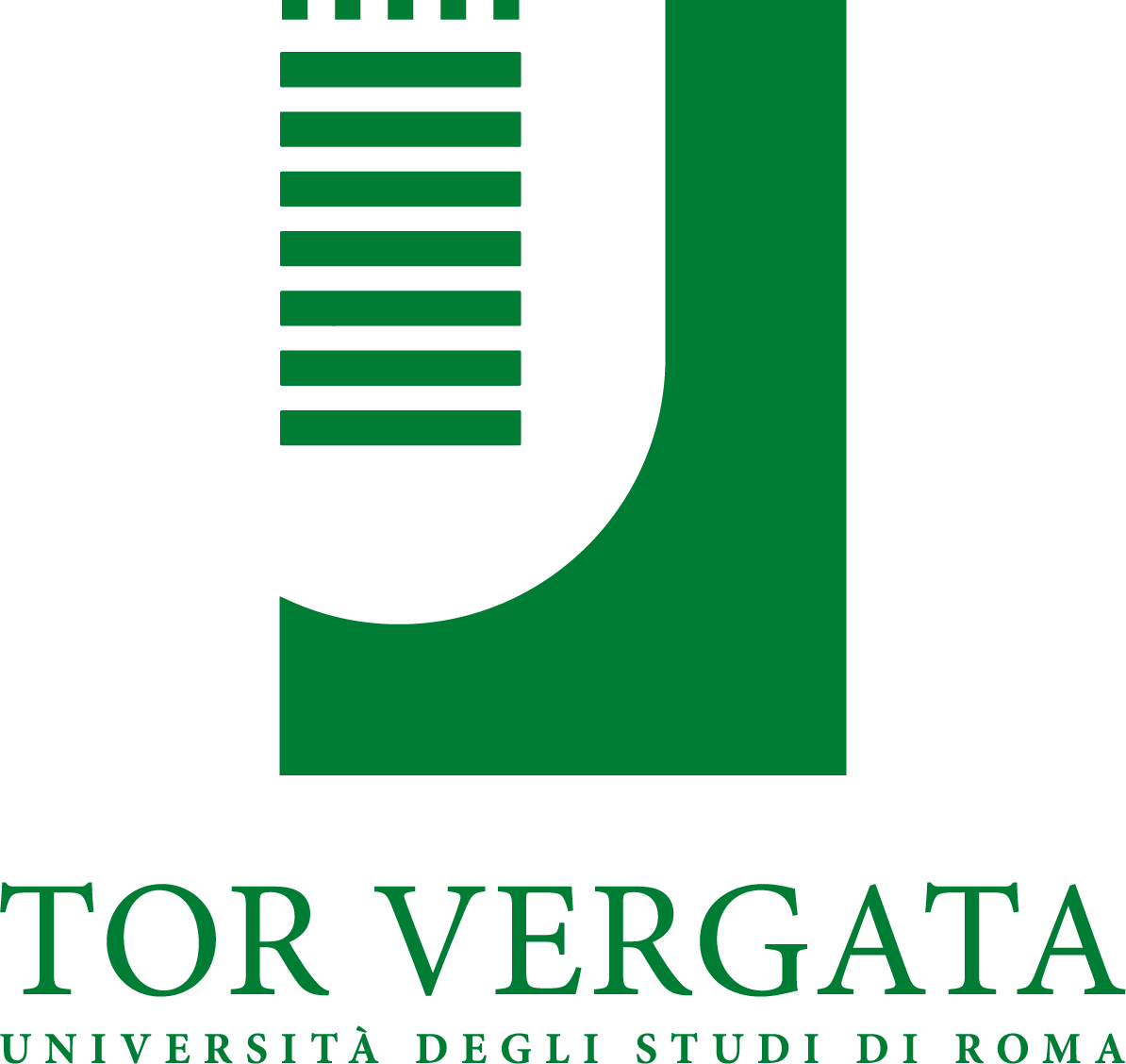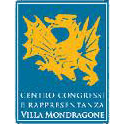Curriculum Vitae
1992- Laurea con Lode in Scienze Biologiche, Università di Roma La Sapienza
1996- Dottorato di Ricerca in Biologia Cellulare e Molecolare, Università di Roma Tor Vergata
1999- Specializzazione in Applicazioni Biotecnologiche, Università di Roma Tor Vergata
1997-1998 Ricercatore ospite presso il Dipartimento di Scienze Biologiche, Florida State University (Tallahassee, FL, USA)
1998-2000 – Ricercatore associato presso il Dipartimento di Biochimica e Virginia Tech Centro di Genomica (Blacksburg, VA, USA)
2000 – 2016 Ricercatore a tempo indeterminato presso il Dipartimento di Biologia dell’Università di Roma “Tor Vergata”
2012: Abilitazione Scientifica Nazionale in Botanica (I e II fascia)
2016 – Professore associato presso il Dipartimento di Biologia dell’Università di Roma “Tor Vergata”
Argomenti di ricerca
Le attività di ricerca sono rivolte all’ecofisiologia, diversità genetica e biologia molecolare di cianobatteri di ambienti estremi, come i deserti caldi e freddi e i laghi sub-glaciali antartici.
Le ricerche hanno lo scopo di identificare le basi cellulari e molecolari dell’adattamento di cianobatteri a condizioni estreme terrestri, ma anche spaziali e marziane simulate. E’ responsabile di esperimenti condotti su cianobatteri esposti a condizioni spaziali presenti in bassa orbita terrestre, al di fuori della Stazione Spaziale Internazionale (missione EXPOSE-R2). Lo scopo è quello di studiare i limiti della vita, identificare bioimpronte per la ricerca di vita su Marte; le ricerche contribuiscono anche allo sviluppo di sistemi a supporto della vita, per avamposti umani su Luna e Marte.
Dal 2005 ha la responsabilità scientifica e intellettuale di circa 200 isolati di cianobatteri del genere Chroococccidiopsis isolati da deserti caldi e freddi e parte della Culture Collection of Microorganisms from Extreme Environments (CCMEE) realizzata da E. Imre Friedmann.
Finanziamenti (ultimi 5 anni)
2015- present ESA AO 2013-Concordia: BACFINDER project: Exploration of the microbial diversity within the vicinity of the Concordia Antarctic Station: a guided study on the distribution of environmental and human-associated microorganisms with the attempt to isolate novel extremophiles for future astrobiological investigations (Science Team Member).
2015- ESA-ILRSA2014 BIOSIGNS: BIO-SIgnatures and habitable Niches (Science Team Member).
2014-2016: PNRA2013/AZ1.17: Biodiversità e distribuzione delle comunità epi-endolitiche per studiare i limiti della vita nella Terra Vittoria in Antartide (PI research unit)
2013-1016: ASI BOSS_Cyano project in the frame of the ESA-ILRSA2009 project “Biofilm Organisms Surfing Space” (PI)
2013-1016: ASI BIOMEX_Cyano project in the frame of the ESA-ILRSA2009 project “Biology and Mars Experiment” (PI)
2013-215: DLR-HIMAC project: Intercomparison study of astrobiological model systems in their response to major components of the galactic cosmic radiation” STARLIFE (Science Team Member)
2011-2013: Italian Minister of Foreign Affairs – Selected Significant Bilateral Project (USA, NASA) “Cyanobacteria from extreme deserts to space” (Italian coordinator)
2008-2010: Italian Minister of Foreign Affairs – Selected Significant Bilateral Project (USA, NASA) “Development of a gene space cargo” (Italian coordinator)
2011-PNRA2009/A1.01 Extremofiles in sub-glacial Lakes (PI)
Pubblicazioni
1 Verseux C, Paulino-Lima IG, Baqué M, Billi D, Rothschild LJ (in press 2016) Synthetic Biology for Space Exploration: Promises and Societal Implications. In: Ambivalences of Creating Life. Societal and Philosophical Dimensions of Synthetic Biology eds: Hagen K, Engelhard M, Toepfer G). Series Ethics of Science and Technology Assessment, Springer, Heidelberg.
2 Rizzo V, Farias ME, Cantasano N, Billi D, Contreras M, Pontenani F, Bianciardi G. 2015. Structures/textures of living/fossil microbialites and their implications in biogenicity. An astrobiological point of view. Applied Cell Biology 4: 65-82.
3 Baqué M, Verseux C, Böttger U, Rabbow E, de Vera J-P, Billi D. 2015. Preservation of biomarkers from cyanobacteria mixed with Mars-like regolith under simulated Martian atmosphere and UV flux Origin of life and evolution of Biospheres (in press)
4 Verseux C, Baqué M, Lehto K, de Vera J-P, Rothschild LJ, Billi D. 2015. Sustainable life support on Mars – the potential roles of cyanobacteria. International Journal of Astrobiology (in press)
5 Claudi R, Erculiani MS, Galletta G, Billi D, Pace E, Schierano D, Giro E, D’Alessandro M. 2015. Simulating super Earth atmospheres in the laboratory. International Journal of Astrobiology, 10 in press
6 Billi D, Berlingeri A, Balbi A, Catena LM. 2014. Hands-On space experiments: Out-of-School astrobiology activities at the University of Rome Tor Vergata. J. Astrobiology & Outreach 2:3.
7 Baqué M, Verseux C, Rabbow E, de Vera J-P, Billi D. 2014. Detection of macromolecules in desert cyanobacteria mixed with a lunar mineral analogue after space simulations. Origin of life and evolution of Biospheres 44:209–22.
8 Smith HD, Baqué M, Duncan AG, Lloyd CR, McKay CP, Billi D. 2014. Comparative analysis of cyanobacteria inhabiting rocks with different light transmittance in the Mojave Desert: a Mars terrestrial analogue. Int. J. Astrobiology, 13: 271-277.
9 Billi D, Baqué M, Smith D.H, C.P. McKay. 2013. Cyanobacteria from extreme deserts to space. Advances in Microbiology 3:-80-86
10 Baqué M, Scalzi G, Rabbow E, Rettberg P, Billi D. 2013. Biofilm and planktonic lifestyles differently support the resistance of the desert cyanobacterium Chroococcidiopsis under space and Martian simulations. Origin of Life and Evolution of Biospheres 3:377-89.
11 Baqué M, de Vera J-P, Rettberg P, Billi D. 2013. The BOSS and BIOMEX space experiments on the EXPOSE-R2 mission: endurance of the desert cyanobacterium Chroococcidiopsis under simulated space vacuum, Martian atmosphere, UVC radiation and temperature extremes. Acta Astronautica 91:180–186.
12 Tashyreva D, Elster J, Billi D. 2013. Multiparameter assessment of cell heterogeneity in Phormidium populations (Cyanobacteria) employing fluorescent dyes. PLoS ONE 8(2): e55283
13 Baqué M, Viaggiu E, Scalzi G, Billi D. 2013. Endurance of the endolithic desert cyanobacterium Chroococcidiopsis under UVC radiation. Extremophiles 17:161-169 doi: 10.1007/s00792-012-0505-5
14 Zammit G, Billi D, Albertano P. 2012. The subaerophytic cyanobacterium Oculatella subterranea (Oscillatoriales, Cyanophyceae) gen. et sp. nov: a cytomorphological and molecular description. European Journal of Phycology 47:341-354
15 Billi D. 2012. Plasmid stability in dried cells of the desert cyanobacterium Chroococcidiopsis and its potential for GFP imaging of survivors on Earth and in space. Origin of Life and Evolution of Biospheres 42, 235-245
16 de Vera J-P, Boettger U, de la Torre R, Sánchez FJ, Grunow D, Schmitz N, Lange C, Hüber H-W, Billi D et al. 2012. Supporting Mars exploration: BIOMEX in Low Earth Orbit and further astrobiological studies on the Moon using Raman and PanCam technology. Planetary and Space Science 74:103–110
17 Stivaletta N, Barbieri R, Billi D. 2012. Microbial colonization of the salt deposits in the driest place of the Atacama Desert (Chile). Origin of life and evolution of Biospheres 42:143-52
18 Billi D. 2012. Anhydrobiotic Rock-Inhabiting Cyanobacteria: Potential for Astrobiology and Biotechnology. In: Adaptation of Microbial Life to Environmental Extremes: Novel Research Results and Application (eds Stan-Lotter H, Fendrihan F) Springer Wien-New York, pp 119-132. ISBN 978-3-211-99690-4
19 Zammit G, Billi D, Shubert E, Kaštovský J, Albertano P. 2011. The biodiversity of subaerophytic phototrophic biofilms from Maltese hypogea. Fottea 11:187–201.
20 Billi D, Viaggiu E, Cockell CS, Rabbow E, Horneck G, Onofri S. 2011. Damage escape and repair in dried Chroococcidiopsis spp. from hot and cold deserts exposed to simulated space and Martian conditions. Astrobiology 11:65-73.
Gruppo di ricerca
Daniela Billi – Ricercatore billi@uniroma2.it, +39-067954341
Cyprien Verseux – Dottorando cyprien.verseux@gmail.com
Claudia Fagliarone – Dottoranda claudia.fagliarone@hotmail.it






Università di Tor Vergata